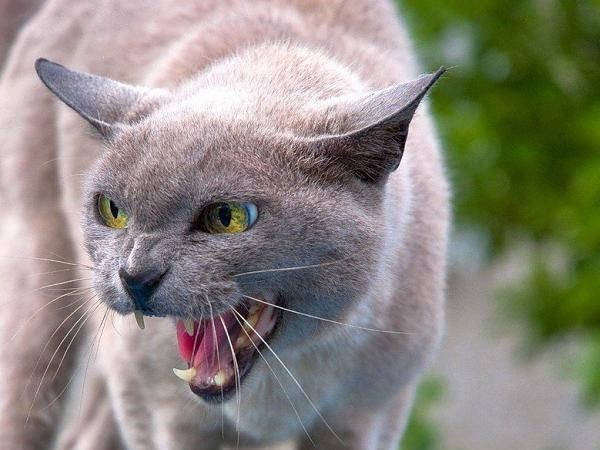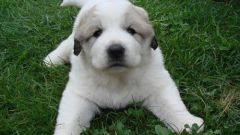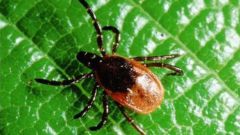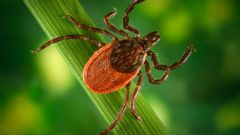When you bite the cat first, rinse the wound with warm water using an antibacterial soap. This must be done in order to kill all bacteria and microbes in the saliva of the pet. The saliva of the animal threat. Can occur infection with tetanus or rabies. After washing the bitten place should be treated with hydrogen peroxide or any alcohol-containing solution. Then again rinse it with water, anoint with antiseptic or antibiotic, and then cover the wound with a bandage to protect the wound from dirt. To the affected area it is useful to apply cold. Do not risk your health and after first aid go to the hospital. Most likely, you will need more thanthat information about the animal that bit you, to rule out rabies. This data is about whose the cat (domestic or homeless), does he have contacts with the street, what floor you live., where he walks, and do it to other animals.Cat bite wounds have a long healing and abscess 2-4 times more often than any other wound. Suppuration leads to its healing by a secondary tension, which promotes the formation of coarse deforming scar. In addition, the wound still contains the microflora of the oral cavity of cats (aerobic and anaerobic microorganisms). Moreover, in most cases, become infected with precisely the punctures from the teeth, and not lacerations.To prevent suppuration of wounds after the bite, the doctor may recommend you inhibitor - protected penicillins (e.g. amoxicillin/clavulanate). When early treatment in the hospital is enough to pass the course of treatment is 5 days, with later 7-10 days. Antibiotics typically helps to prevent the growth of bacteria trapped in the wound, and thus, to avoid inflammation and inflammation. Maximum results can be achieved if you start taking medication within 2 hours after the bite.
What to do if bitten by a cat
Cats are awesome Pets. But sometimes they finds the desire to bite the owner. If this happens, you should take this seriously, because in the oral cavity of a pet contains a large number of bacteria and germs. Ignoring the small bite, you can bring yourself a lot of trouble. Infection develops in more than 40% of cases of bites.

Is the advice useful?



